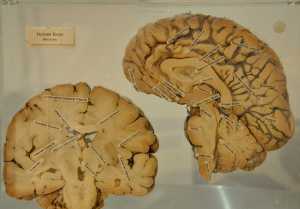Author Interviews, Autism, Brigham & Women's - Harvard, Education, Pediatrics / 21.12.2020
Autism: Prefrontal Synthesis Training Can Enhance Language Acquisition
MedicalResearch.com Interview with:
Andrey Vyshedskiy PhD
Boston University, Boston
MedicalResearch.com: What is the background of ImagiRation?
 Response: ImagiRation is a Boston-based startup with links to MIT, Harvard, and Boston University. ImagiRation has developed a highly innovative adaptive language therapy application for children with autism, Mental Imagery Therapy for Autism (MITA).
MedicalResearch.com: How is the Mental Imagery Therapy for Autism program delivered?
Response: MITA language therapy is administered by parents at home. MITA application works on all smartphones and tablet devices and is designed for children ages 2 to 12 years.
(more…)
Response: ImagiRation is a Boston-based startup with links to MIT, Harvard, and Boston University. ImagiRation has developed a highly innovative adaptive language therapy application for children with autism, Mental Imagery Therapy for Autism (MITA).
MedicalResearch.com: How is the Mental Imagery Therapy for Autism program delivered?
Response: MITA language therapy is administered by parents at home. MITA application works on all smartphones and tablet devices and is designed for children ages 2 to 12 years.
(more…)
 Response: ImagiRation is a Boston-based startup with links to MIT, Harvard, and Boston University. ImagiRation has developed a highly innovative adaptive language therapy application for children with autism, Mental Imagery Therapy for Autism (MITA).
MedicalResearch.com: How is the Mental Imagery Therapy for Autism program delivered?
Response: MITA language therapy is administered by parents at home. MITA application works on all smartphones and tablet devices and is designed for children ages 2 to 12 years.
(more…)
Response: ImagiRation is a Boston-based startup with links to MIT, Harvard, and Boston University. ImagiRation has developed a highly innovative adaptive language therapy application for children with autism, Mental Imagery Therapy for Autism (MITA).
MedicalResearch.com: How is the Mental Imagery Therapy for Autism program delivered?
Response: MITA language therapy is administered by parents at home. MITA application works on all smartphones and tablet devices and is designed for children ages 2 to 12 years.
(more…)



